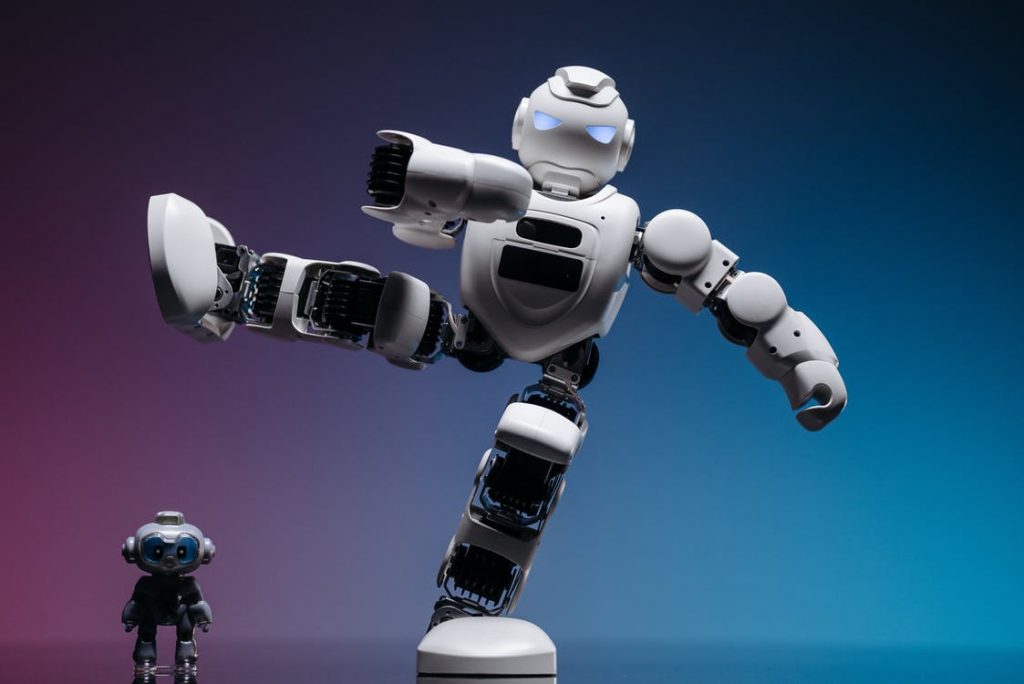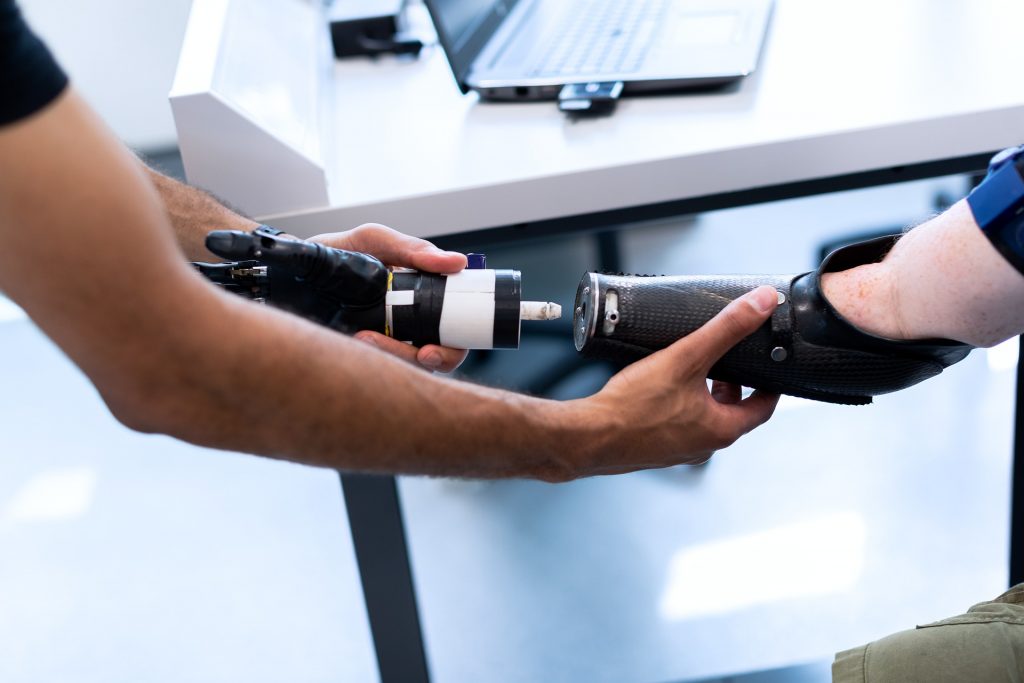When you think of robots, you might imagine a science fiction movie where artificial intelligence has surpassed human intelligence, and robots have taken over the world. While that may be some way off, service robots are already being used in many industries to improve efficiency and accuracy. And now, they’re also starting to be used in the medical field. So what are these phenomenal inventions, and why are they such a big deal? Read on to find out!

What Are Service Robots?
Service robots are becoming increasingly common in both homes and businesses. These versatile machines can perform various tasks, from vacuuming the floors to delivering packages. Mobile robots are prevalent, as they can navigate obstacles and reach hard-to-reach areas.
Service robots are designed to make life easier for their users, and as such, they are typically equipped with various sensors and tools to help them carry out their tasks. Many robots on the service are also equipped with artificial intelligence, which allows them to learn and adapt over time.
As service-providing robots become more advanced, even more businesses and households will likely begin to use them to assist with everyday tasks.
The Benefits Of Using Service Robots In The Medical Field
In a world where technology constantly evolves, it is no surprise that service robots are increasingly used in various industries – including the medical field. Healthcare professionals are constantly pressured to provide high-quality care while meeting rising demands and costs.
As a result, many are turning to service and medical robots to assist with tasks such as dispensing medication, providing companionship to patients, and even performing surgery.
There are several advantages to using robots in the medical field.
- First, they can help healthcare organizations reduce error rates by performing tasks with high accuracy.
- Second, nursing robots can free up time for healthcare professionals, who can use that time to provide more personalized patient care.
- Third, they can provide an extra level of safety for both patients and staff by reducing the need for human contact, especially in elderly patients.
- And fourth, medical robots can help lower costs by eliminating the need for overtime pay and employee benefits.
As the benefits of using service robots in the medical field and healthcare providers rely more on the tech, we will likely see even more use in healthcare settings. With their ability to improve quality of care and patient safety while also reducing costs, it is hard to imagine a better solution for the healthcare industry’s challenges.
How Service Robots Can Help Improve Patient Care
Healthcare facilities are beginning to use them as assistants for lifting and carrying patients, taking their vital signs, and providing therapeutic care. In the future, medical robotics will likely play an even more significant role in healthcare, especially as the population ages and the need for healthcare services increases and more concerned when it comes to elderly patients.
One area where the technology could have a significant impact is the shape of therapeutic exoskeleton robots. These robots are designed to help people with mobility impairments regain some independence.
Healthcare professionals are already using medical robots to help patients with customized and frequent monitoring and other assistance like spinal cord injuries to stand up and walk. However, the tech and especially the surgical assistance robots are also becoming increasingly affordable, which means that they could be used by a broader range of people in the future.
Ultimately, medical robots have the potential to transform healthcare, making it more efficient and accessible for everyone.

What Are The Challenges That Need To Be Addressed By Service Robots?
The robots with service-providing ability have the potential to revolutionize medical care, but there are still some challenges that need to be addressed before they can be widely adopted. One of the biggest challenges is surgical assistance.
Robotics has already made great strides in surgical precision, but some tasks are still difficult to automate. For example, stitching up a wound is still best done by human hands. There is also the issue of surgical training and medical robotics incubator.
Although surgical robots are becoming more common, very few surgeons have been trained to use them. As a result, there is a shortage of surgeons who can perform robotic surgery. This shortage could be alleviated by increasing the number of surgical robotics training programs. Another challenge that needs to be addressed is the cost of medical robots.
However, medical robots have the potential to save money in the long run; they are still costly to purchase and maintain. As a result, they are often out of reach for many healthcare providers.
As more robots enter the market, their price will likely decrease. In time, medical robots may become an essential part of medical care.

What Is The Future Of Service And Surgical Robots And Their Impact On The Medical Industry?
Service and medical robots are set to take over many industries shortly – and the healthcare sector is no different. These machines are becoming increasingly adept at performing various tasks, from cleaning floors to performing surgery.
The medical industry is already beginning to reap the benefits of robotics technology, with service robots used to transport patients and deliver medicines. And as these machines become more sophisticated, their role in healthcare will likely only grow.
One area where healthcare robots could have a significant impact is surgery. At present, minimally invasive surgeries must rely on human assistants to hand them instruments and tools during an operation.
However, by combining intelligent robotic arms with advanced imaging technology, the surgical assistance robots may soon be possible for medical robots to carry out these tasks instead. This would allow surgeons to focus on the procedure without worrying about instrument management logistics.
Service robotics is still in its infancy, but it’s clear that these machines have the potential to transform the healthcare sector. In the future, service robots could play a vital role in everything from patient transport to surgical assistance. And as they become more sophisticated, they will only become more integral to the smooth running of hospitals and clinics worldwide.
Summing Up
Although service robots are becoming increasingly common in the business world, they have yet to impact the medical field significantly. However, experts believe this is only a matter of time before medical robotics become integral to patient care. As technology advances and society becomes more comfortable with machines caring for humans, medical robots will likely play an increasingly important role in healthcare. What do you think? Will service robots eventually replace human caregivers?
